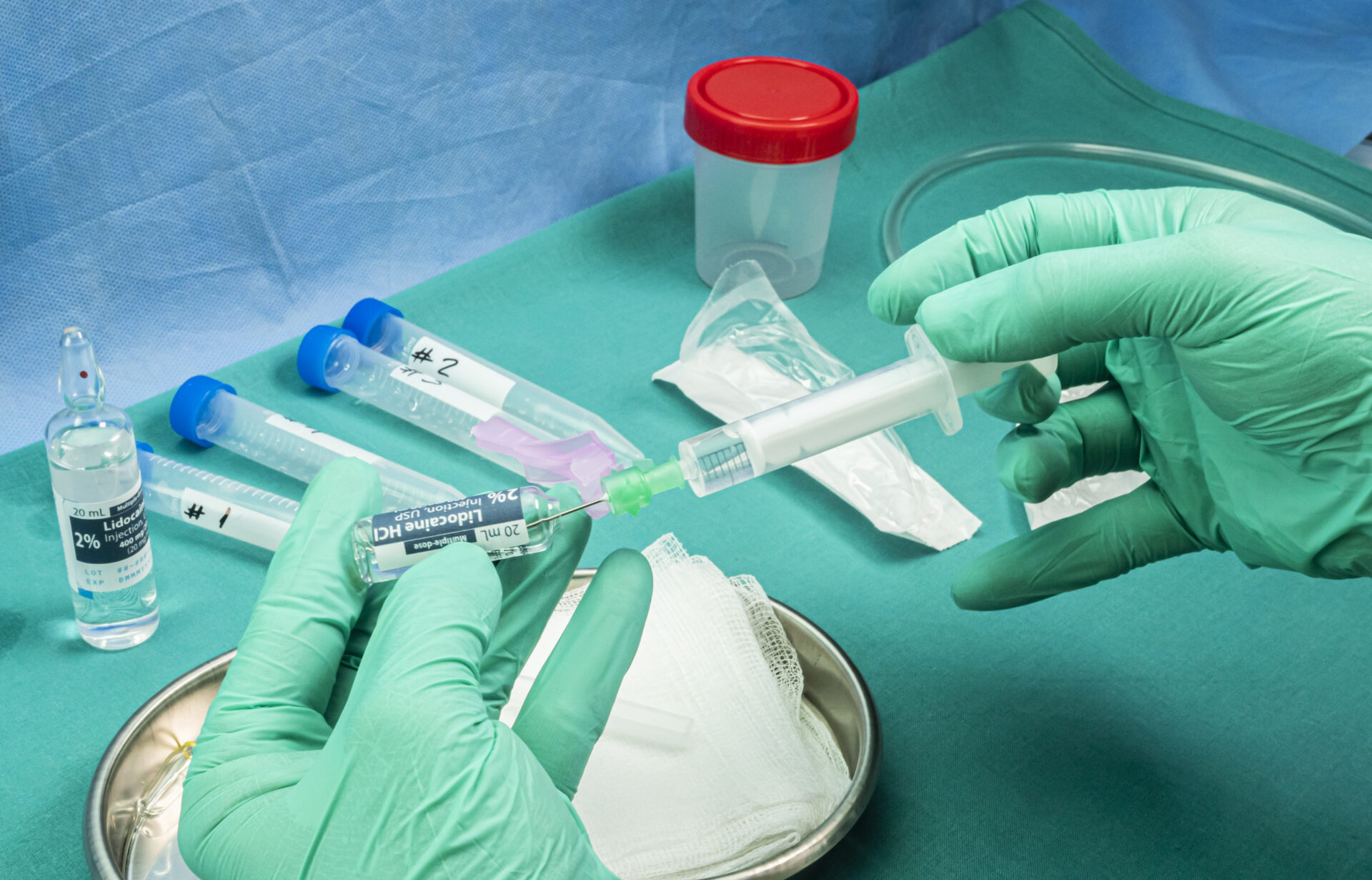Local anesthesia is pivotal in patient comfort and safety during various medical procedures in modern healthcare. This article delves into the significance of local anesthesia and its crucial role in the medical world.
The Basics of Local Anesthesia
Local anesthesia is a specialized technique employed by healthcare professionals to induce temporary loss of sensation in a specific area of the body. Unlike general anesthesia, which renders patients unconscious, local anesthesia allows individuals to remain awake and aware while ensuring they don’t experience pain or discomfort during a procedure.
Benefits of Local Anesthesia
Local anesthesia offers several advantages in medical settings:
-
Minimized Risks
Since it doesn’t affect the entire body, local anesthesia carries fewer risks than general anesthesia.
-
Quick Recovery
Patients typically recover faster after procedures performed under local anesthesia as there is no lingering drowsiness or grogginess.
-
Precise Targeting
Healthcare providers can precisely target the affected area, ensuring accuracy in diagnosis and treatment.
-
Reduced Costs
Local anesthesia is generally more cost-effective than general anesthesia.
The Application of Local Anesthesia in Different Medical Specialties
-
Dentistry
Local anesthesia is a cornerstone of pain management during various procedures in dentistry. Whether routine dental cleaning or a more complex procedure like a root canal, local anesthesia allows dentists to perform their work while ensuring the patient remains pain-free.
-
Surgery
Local anesthesia plays a vital role in minor surgical procedures. Surgeons use it to desensitize the area of operation, which is particularly beneficial in outpatient or day surgery settings. Patients can often return home shortly after the procedure, thanks to the absence of the lingering effects of general anesthesia.
-
Pain Management
Chronic pain conditions, such as arthritis or neuropathy, can significantly impact a person’s quality of life. When used in conjunction with other pain management techniques, local anesthesia provides targeted relief to individuals suffering from these ailments. It’s an integral part of multidisciplinary pain management approaches.
-
Obstetrics
Childbirth can be a challenging and painful experience for many women. Local anesthesia in the form of epidurals is a common choice to alleviate the pain associated with labor. This gives expectant mothers a more comfortable delivery experience while remaining conscious and alert.
-
Dermatology
Dermatologists frequently employ local anesthesia for cosmetic procedures. Whether removing skin lesions or administering cosmetic treatments like Botox, local anesthesia ensures that patients undergo these procedures with minimal discomfort.
Our Role
In the healthcare sector, Christian Healthcare Specialists is dedicated to ensuring the well-being of patients while upholding Christian values. They understand the importance of local anesthesia in providing compassionate and effective medical care.
While local anesthesia offers numerous benefits, healthcare providers must receive proper training in its administration. The correct dosage and technique are paramount to its effectiveness and safety. “Christian Healthcare Specialists” prioritize ongoing training and education for their medical staff to ensure the highest standards of patient care.
Summary
Local anesthesia is a vital component of modern medicine, enhancing patient experiences and enabling medical professionals to perform various procedures with precision and care. Its significance cannot be understated, and “Christian Healthcare Specialists” recognize its role in delivering top-notch healthcare services.
Remember, local anesthesia is a valuable tool that contributes to the overall success of medical treatments, ensuring patients’ physical and emotional well-being. As medical advancements continue, the role of local anesthesia in enhancing patient comfort and safety remains indispensable.

